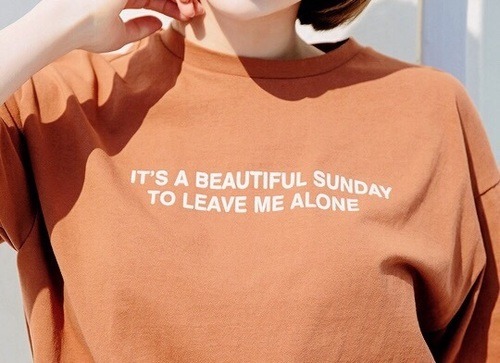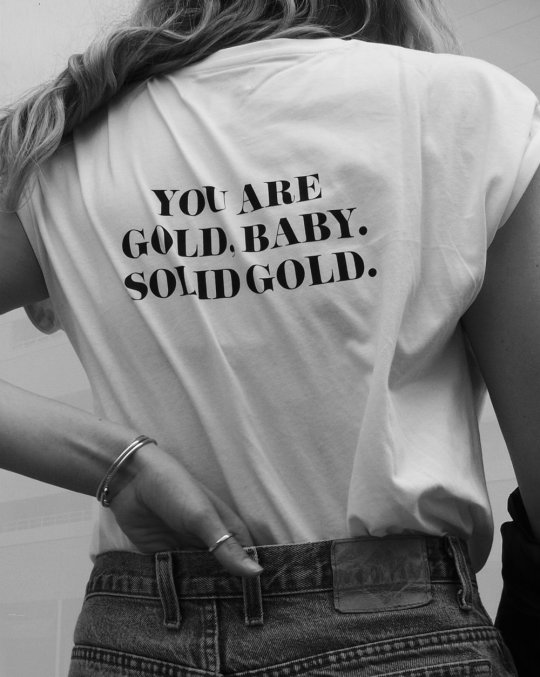Slideshow: https://docs.google.com/presentation/d/1FoX4767y52cGqTh6rJdZ4PEom-nkZVAUXtnvb7lVpmE/edit?usp=sharing
“Continuum” for vocals, originally for Harpsichord by György Ligeti
Abstract:
Music is an integral part of culture and society, and a lot can be told about a particular group by the music they listen to. Pop icons such as Lady Gaga, Shakira, and Dua Lipa are all prime examples of basic American musical phenomenon, and yet there is one trait that ties them all together: tonality. Put very briefly, all of their music makes sense because it all falls into a very concise, harmonically sound musical standard called a key signature. However, what happens when an artist decides to ignore tonality altogether and use all twelve notes concurrently?
Enter György Ligeti, a Hungarian born composer who brought a new light to the concept of atonality in music. Instead of ignoring chord structure like his contemporaries, he decided to create his own musical texture called micropolyphony, which embraced ideas of harmony and chords in a fashion similar to polyphony, but still maintained the dissonant styles and structures of other atonal works. Though he insisted that his music was “non-atonal,” it still pioneered a new take on the idea of the limits of musical structure and theory.
My project is more of an introduction to Ligeti than it is a musical analysis of all of his pieces. I will include samples of Ligeti performances and even some live demonstration (via Garageband) of typical chord structures compared to atonal dissonance. My media aspect is my own take on a Ligeti piece, titled “Continuum,” which is brief enough to very simply demonstrate the ways in which Ligeti used micropolyphony to create layered chords that seem to melt into one another.









